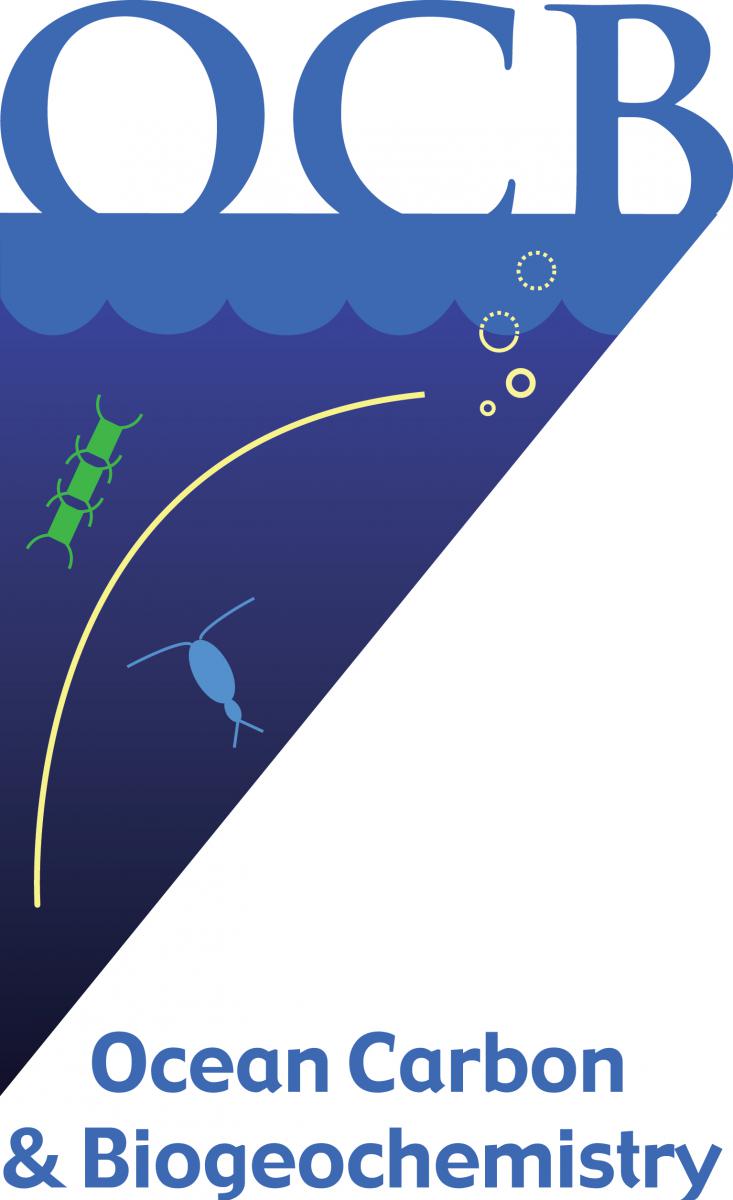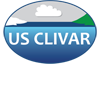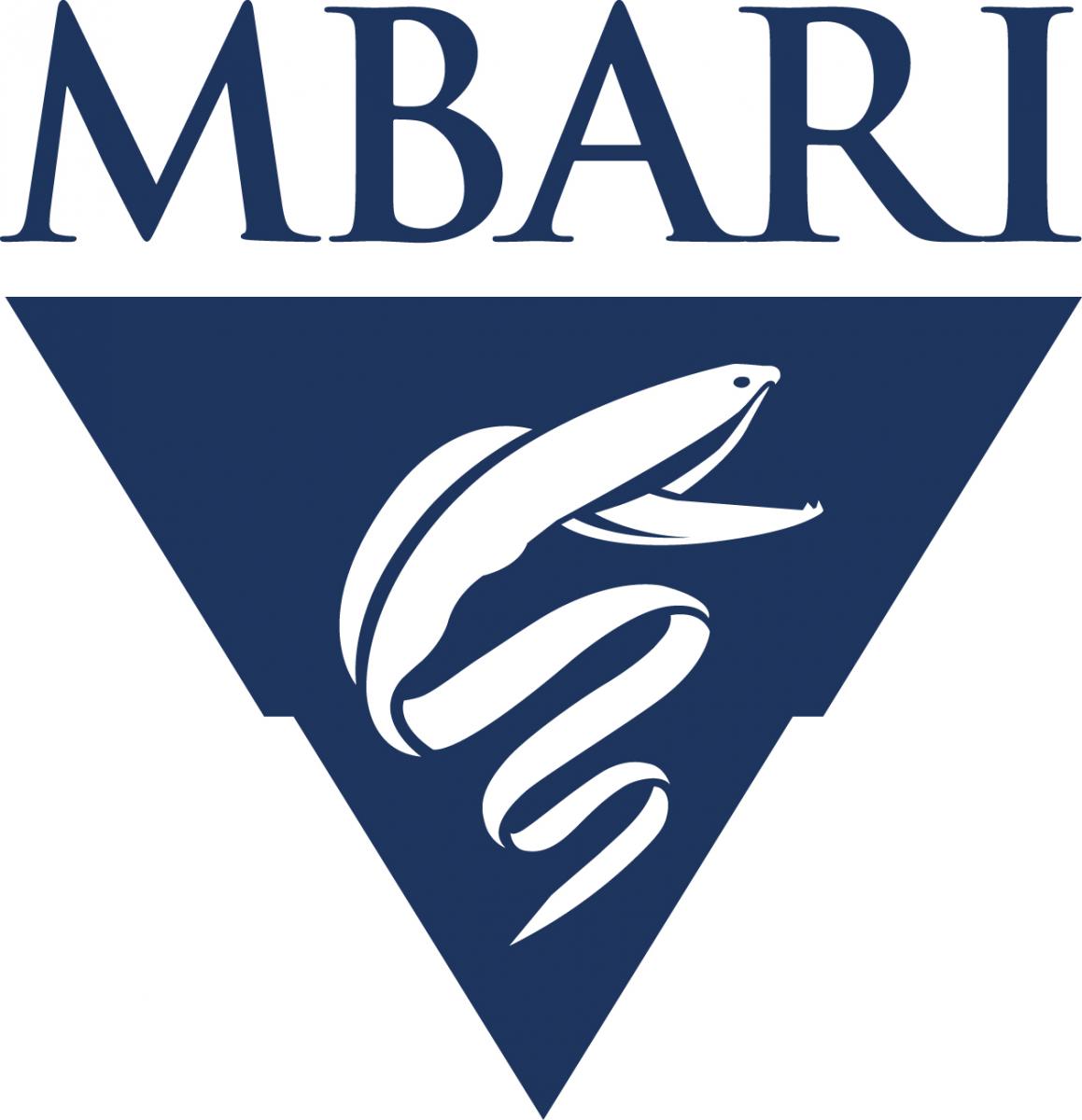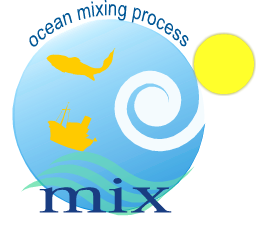Ocean Carbon Hot Spots Workshop
Ocean Carbon Hot Spots Workshop
Biophysical drivers of carbon uptake in western boundary current regions
Objectives
Western boundary current (WBC) regions display the largest magnitude air-to-sea carbon dioxide (CO2) fluxes of anywhere in the global ocean, exhibit large spring blooms and high eddy activity, and are hubs for the subduction of anthropogenic carbon-laden waters into the ocean interior during mode water formation. Yet the influence of biophysical interactions on air-sea CO2 exchange and carbon export has not been rigorously evaluated in most WBC regions.
The term Ocean Carbon Hot Spots refers to the WBC regions of the ocean, which exhibit large mean annual air-to-sea CO2 fluxes (blue regions in Figure 1a) and elevated surface eddy kinetic energy (blue regions in Figure 1b) – characteristics ideal for the study of biophysical interactions and carbon cycle processes.

The goal of the workshop was to develop an interdisciplinary research community that will facilitate a better understanding of carbon uptake and storage in WBC regions with an emphasis on the Kuroshio Extension. Furthermore, the workshop aimed to develop a community of observationalists and modelers to collaborate on carbon cycle research near this region, increasing efforts to leverage observational capabilities to fill in modeling gaps and leverage modeling tools to inform observational strategies. The workshop also identified critical observational needs that would improve model parameterizations of key biophysical processes that influence carbon uptake. This will guide future operational efforts to coordinate an international field program near the Kuroshio Extension, as well as recommendations for strategic long-term observing needs.
- How do mesoscale and submesoscale processes influence nutrient supply, biological activity, and air-sea CO2 fluxes?
- Do phytoplankton contribute to air-sea CO2 exchange primarily through pCO2 drawdown during mode water formation or carbon export via the biological pump?
- How does natural variability modulate carbon export carried out by mode water formation and biological processes?
Participants
The workshop brought together the physical, chemical, and biological oceanographic observing community with the climate modeling community. Meeting participation was limited to ~60 attendees selected through an online application process.
Format
The workshop started with a keynote address reviewing physical and biogeochemical processes in WBC regions. The remainder of the workshop included four sessions distributed over two days with time devoted to discussion and synthesis after each session, which helped guide the workshop report and review paper. The organizing committee invited speakers for select topics in addition to choosing speakers (particularly early career scientists and students) from the pool of applicants who indicated an interest in presenting when filling out the online application. Those who submitted an abstract and were not slated to give a talk were selected to present a poster.
Outcomes
Community building, expansion of cross-disciplinary vocabularies, and facilitation of new collaborations were all intended outcomes of the workshop. In addition, synthesis of modeling and observational perspectives was collected to inform recommendations for OceanObs’19.
The organizing committee synthesized the workshop presentations and discussion to generate a report, jointly published by US CLIVAR and OCB. The committee also organized an edition of Variations.
Scientific Organizing Committee
Andrea Fassbender (Co-Chair), MBARI
Stuart Bishop (Co-Chair), North Carolina State University
Meghan Cronin, NOAA Pacific Marine Environmental Laboratory
Takamitsu Ito, Georgia Institute of Technology
Matthew Long, National Center for Atmospheric Research
Jaime Palter, University of Rhode Island
Program Organizing Committee
Heather Benway (OCB)
Mai Maheigan (OCB)
Mike Patterson (US CLIVAR)
Jill Reisdorf (UCAR)
Kristan Uhlenbrock (US CLIVAR)





